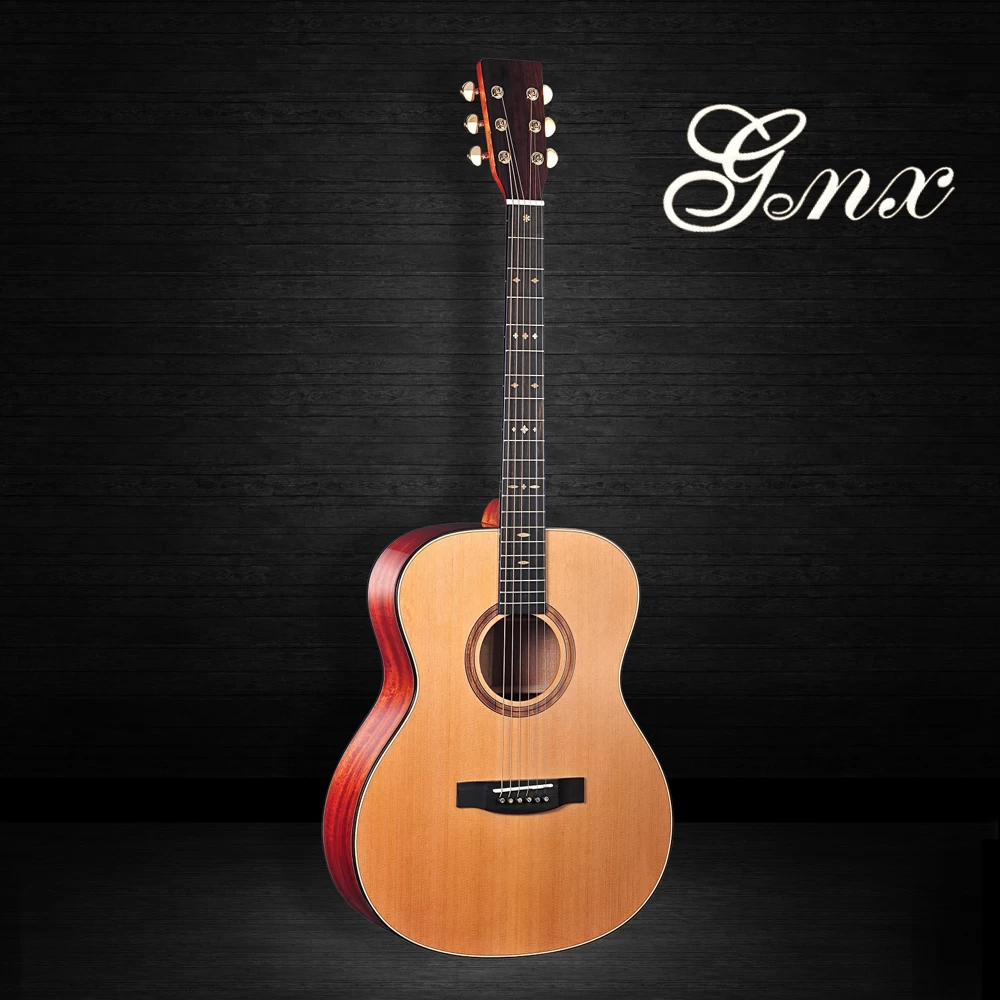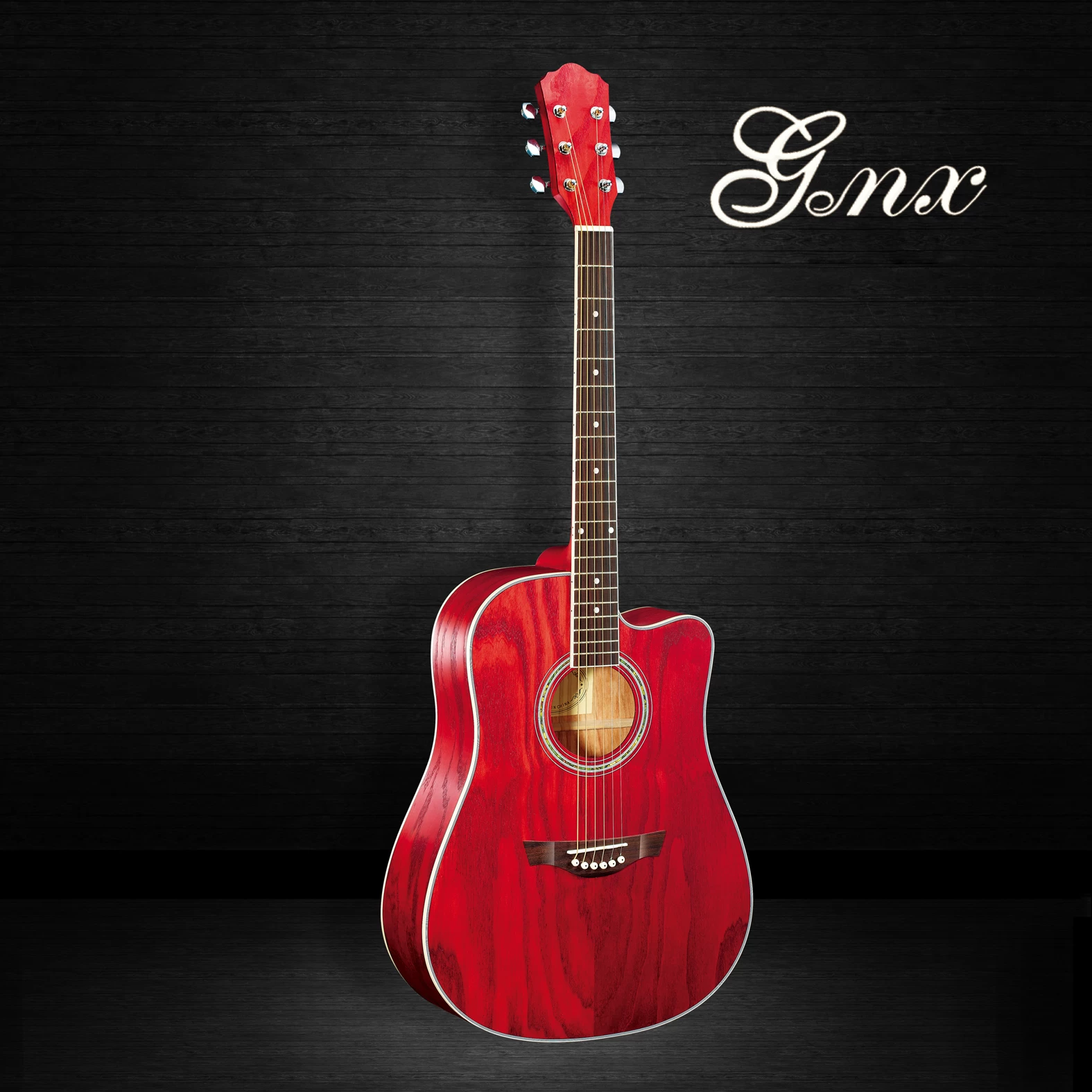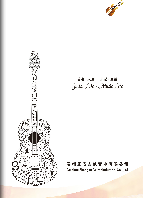Types of Guitar Wood: Which Ones Sound the Best?
2018-05-28 17:07:19

Wood Characteristics
When selecting a wood to make a guitar out of, it’s important to know how it will affect the various characteristics of the guitar when finished. These properties of wood vary by species and each affect the guitar in its own way.
Appearance
This is the most widely noticed of a guitar’s characteristics. While sound and tone may be most important, because it is a musical instrument, after all, the looks of the guitar are what everyone will notice, even when the guitar isn’t plugged in. Even though you can expect a specific type of wood to look and sound a certain way, there are minor nuances that can change, depending on the the environment in which the tree grew, like grain pattern, color, shade, weight, and density.
Weight and Density (Electric)
These two characteristics affect the sound of the guitar the most and are very important to the musician as well as the luthier (guitar maker). With electric guitars, the heavier the wood, the brighter and more articulate the instrument will sound, which makes for a good bass guitar. The lightest woods, while easy on the back, have a tendency to sound muddy. Woods that fall somewhere in the middle tend to be the most popular for electric guitars, giving them a fat, rich tone with good sustain. Sometimes heavier woods will be carved out, giving them the brighter sound but lighter weight.
Weight and Density (Acoustic)
The wood for acoustic guitars is chosen differently than electrics. Different woods are used for the the backs and sides, the top of the guitar, and the bracing, each influencing the sound of the instrument.
Finishing
Going along with appearance, how a wood looks when oiled and finished will affect a guitar’s physical appearance, which may have a bit of influence on its selling price. Perhaps not as important as its sound, the luthier and possibly the musician still want the instrument to be beautiful.
Electric Guitars
As mentioned above, the criteria for choosing a wood for an electric guitar is much different than that of an acoustic guitar, so they will be discussed in their respective sections.
Body
Alder: This is a commonly used, lightweight wood that gives off a full sound and clean tone and is used to make Fender Stratocasters. Its light tan color along with minimal distinct grain lines make it a good wood for solid color finishes, as opposed to a clear finish.
Ash: This wood comes in a harder, Northern variety and a softer, Southern variety. The harder Northern ash brings a bright tone and long sustain to the guitar, while the softer Southern ash has a warmer, brighter sound that’s quite balanced.
Maple: Both the hard and soft varieties of maple are used for guitar bodies. Maple provides a bright tone, along with good sustain, in addition to being easy to finish and very durable.
Rosewood: A very heavy wood, rosewood, like alder, is used for Stratocaster bodies and provide a warm sound, with a smooth high end.
Korina: Korina has a very warm, resonant, and balanced sound, with great clarity, definition, and sustain. This lighter hardwood is used by Gibson and Hamer, and has a fine grain that looks great when finished.
Neck and Fingerboard
The type of wood used in the neck of the guitar is more about looks and weight, but also has a bit on influence on the overall tone of the guitar. Already know what a fretboard looks like, but would rather hear it in action? This course will familiarize you with the fretboard so you can play jazz guitar.
Maple: The harder maple is best for necks and fingerboards because of its hardness, density, and heaviness. It brings a bright tone to the guitar, along with long sustain.
Bubinga: This wood is strong and stiff, making it a good candidate for necks and fingerboards, especially for bass guitars. It brings to the bass a thick, well-defined bottom along with a bright midrange, along with great sustain.
Ebony: A very hard wood commonly used in fingerboards, ebony has a bright sound with lots of sustain.









